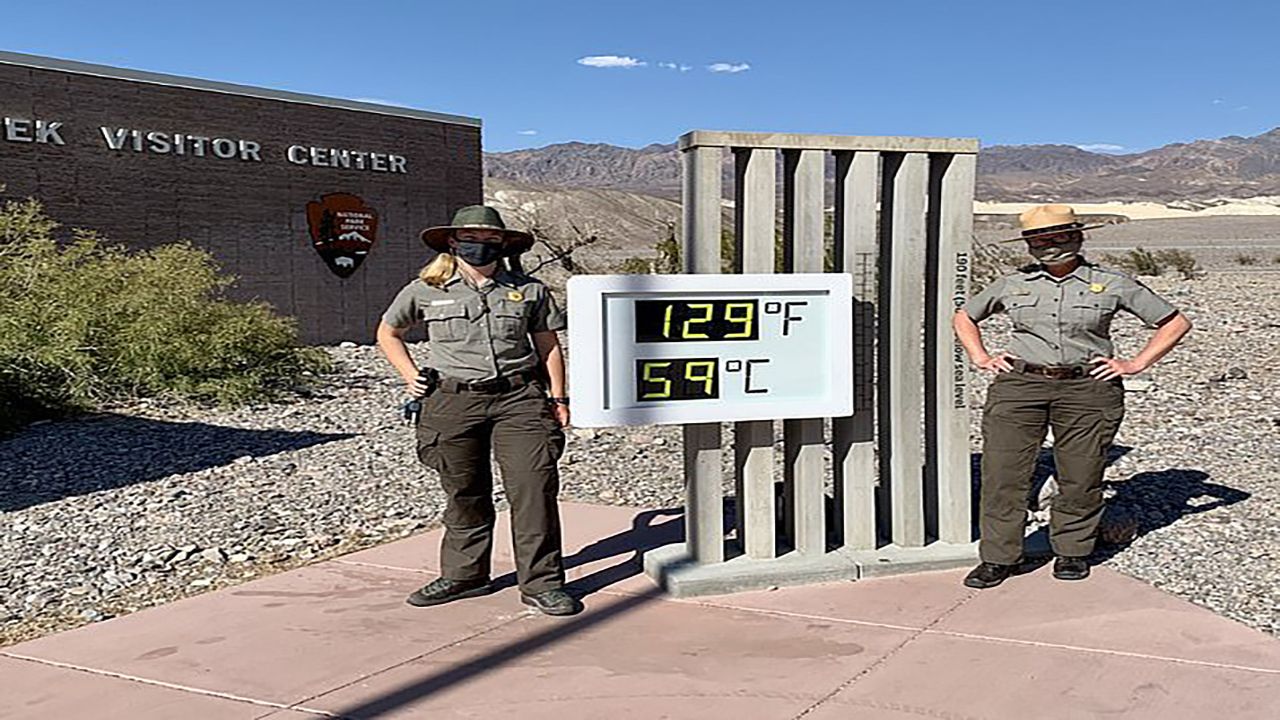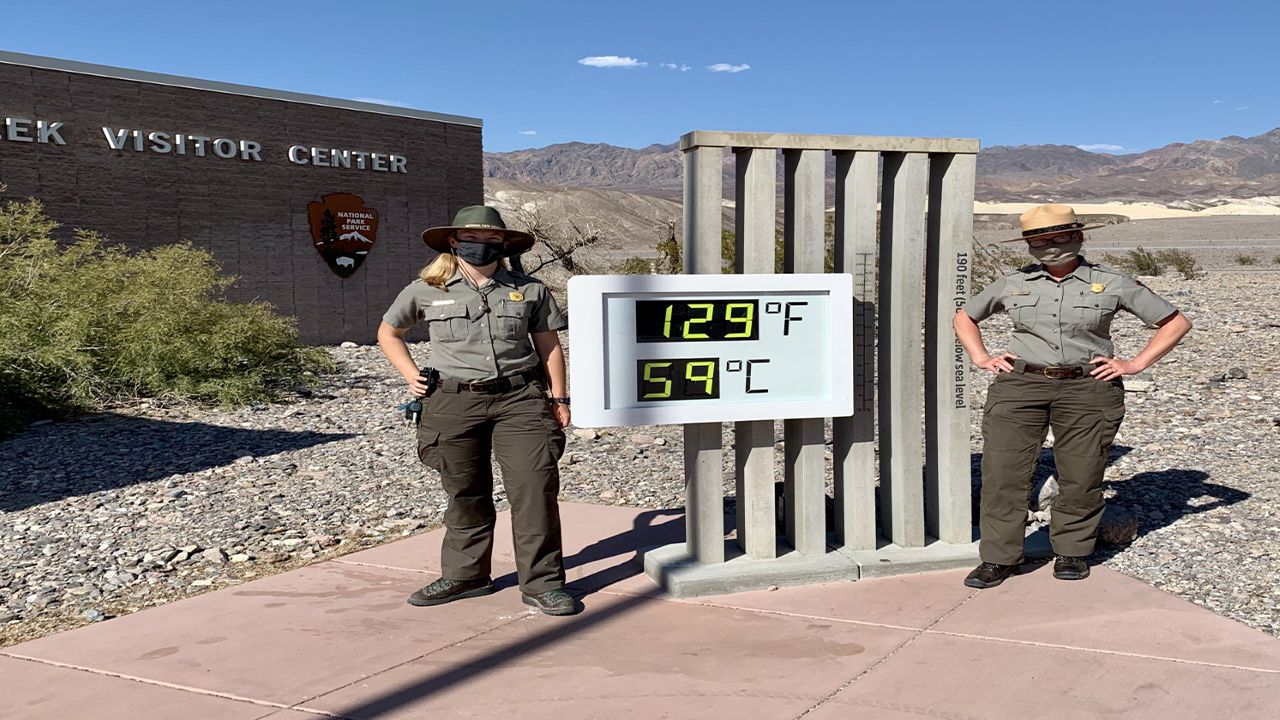This past Sunday was a hot one in Death Valley, California...almost world record-setting hot.
The high temp rose to a staggering 128 degrees at Furnace Creek, the appropriately named site in Death Valley where observations are taken.
For the inhospitable desert located 100 miles west of Las Vegas, it was the hottest day of the year.
It was also the highest temperature measured on planet Earth since 2017.
Heat Across the Country
While not quite to the same level as Death Valley, we’re seeing the heat bake many other parts of the country as well.
The National Weather Service issued heat alerts this week for tens of millions across the southern half of the nation as a ridge of high pressure helps inflate temperatures unusually high even for this time of year.
On Monday, San Antonio set a new July record of 107 degrees. Their records date back to the 1880s. Amarillo, located in the panhandle of the state, hit 110 on the same day, falling one degree shy of their all-time record high temperature from any month.
In the East, Washington D.C. has logged 19 consecutive days where the temperature reached 90 degrees or higher (and still counting). The current record of 21 days could be broken later this week.
With much of the country entering their climatologically warmest period of the year, the chance remains that we could see more records fall.
Already Setting Records
Though we haven’t yet seen the highest temperature ever recorded this year, 2020 is already leaving it's very warm stamp across the planet.
In June, a village in Siberia saw the temperature climb to over 100 degrees, a new Arctic record. NOAA reported this week that globally June tied for the third warmest on record with the first half of 2020 coming in as the second warmest, just behind 2016.
This continues a remarkable streak spanning decades of above average warmth. In fact, as a whole, the planet hasn't seen a below average month since the 1980s.
Given where we are, NOAA projects 2020 has a better than one in three chance of ending up as the hottest year on record.

The Big One
When Death Valley soared to 128 degrees on July 12, one less than the unofficial Visitor Center reading seen above, they approached one of the highest temperatures ever measured on Earth.
That record is not without controversy, though.
After standing for 90 years, the World Meteorological Society (WMO) invalidated a previous record of 136.4 degrees in Libya after determining the data to be suspect in 2012. This made the second highest reading, 134.1 in Death Valley, the current world record.
Even this number stirs debate, however.
Many climatologists believe this reading to be inaccurate as well and the WMO has stated they are open to investigating this possibillity. If discredited, the most reliably measured, hottest temperature would become 129 degrees set in 2016 in, where else, Death Valley.
With this past Sunday's high just one degree short of this, will we see the hottest place on Earth make another run at a new world record this year?
While the jury's still out, it won't appear to try again this week. The forecast through the weekend has daytime temperatures sitting at a more typical high of "just" 115 degrees.




